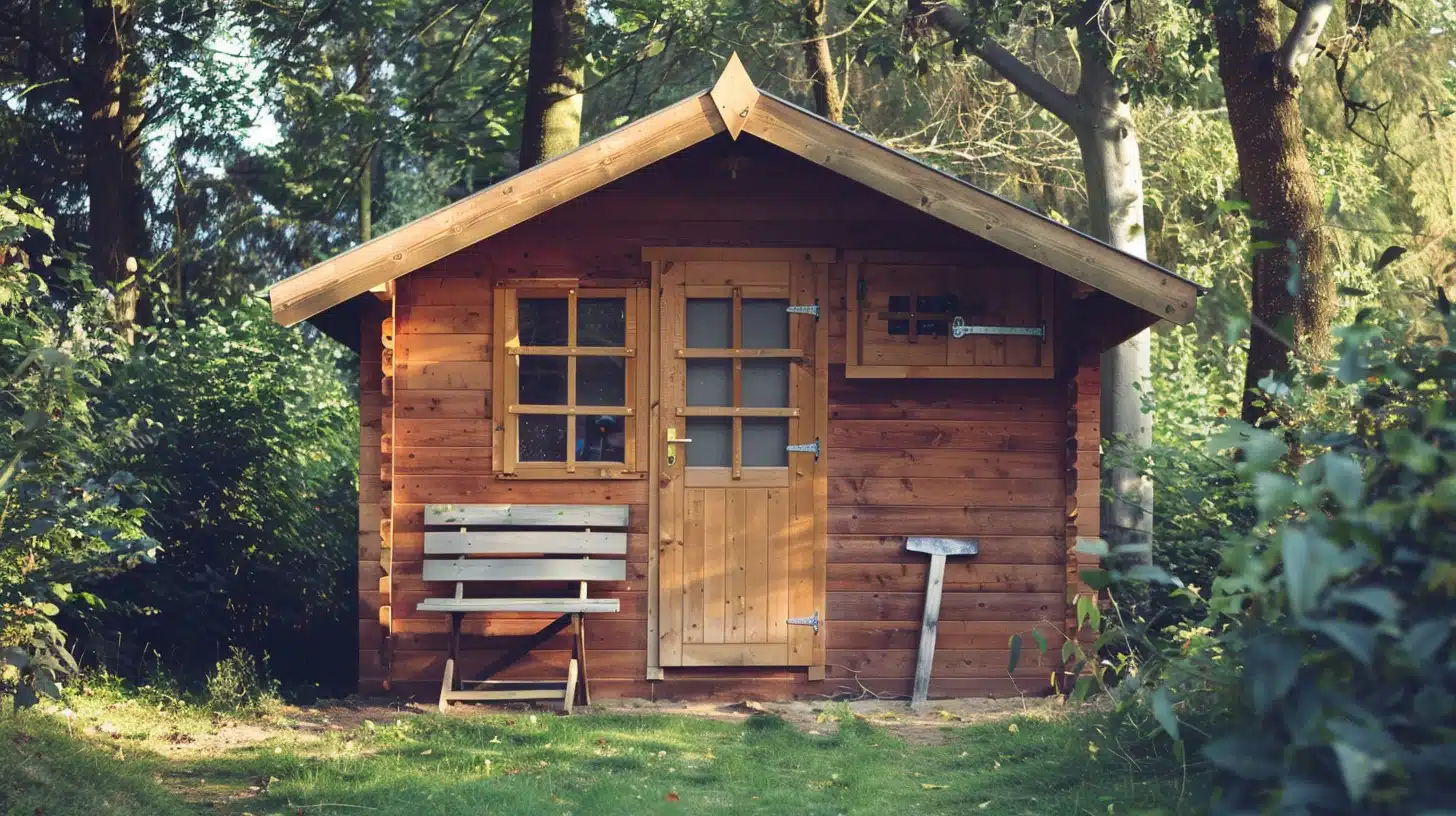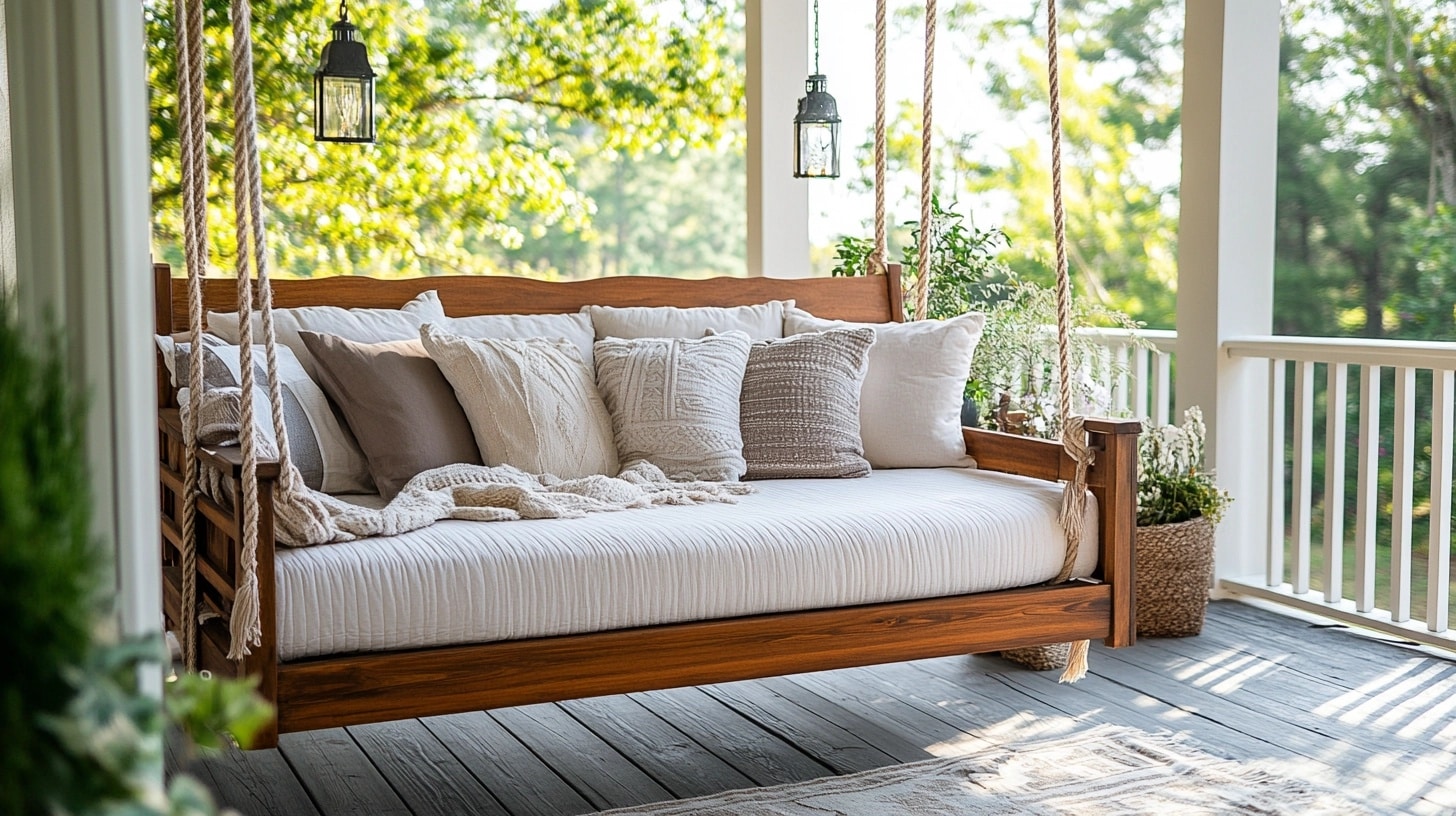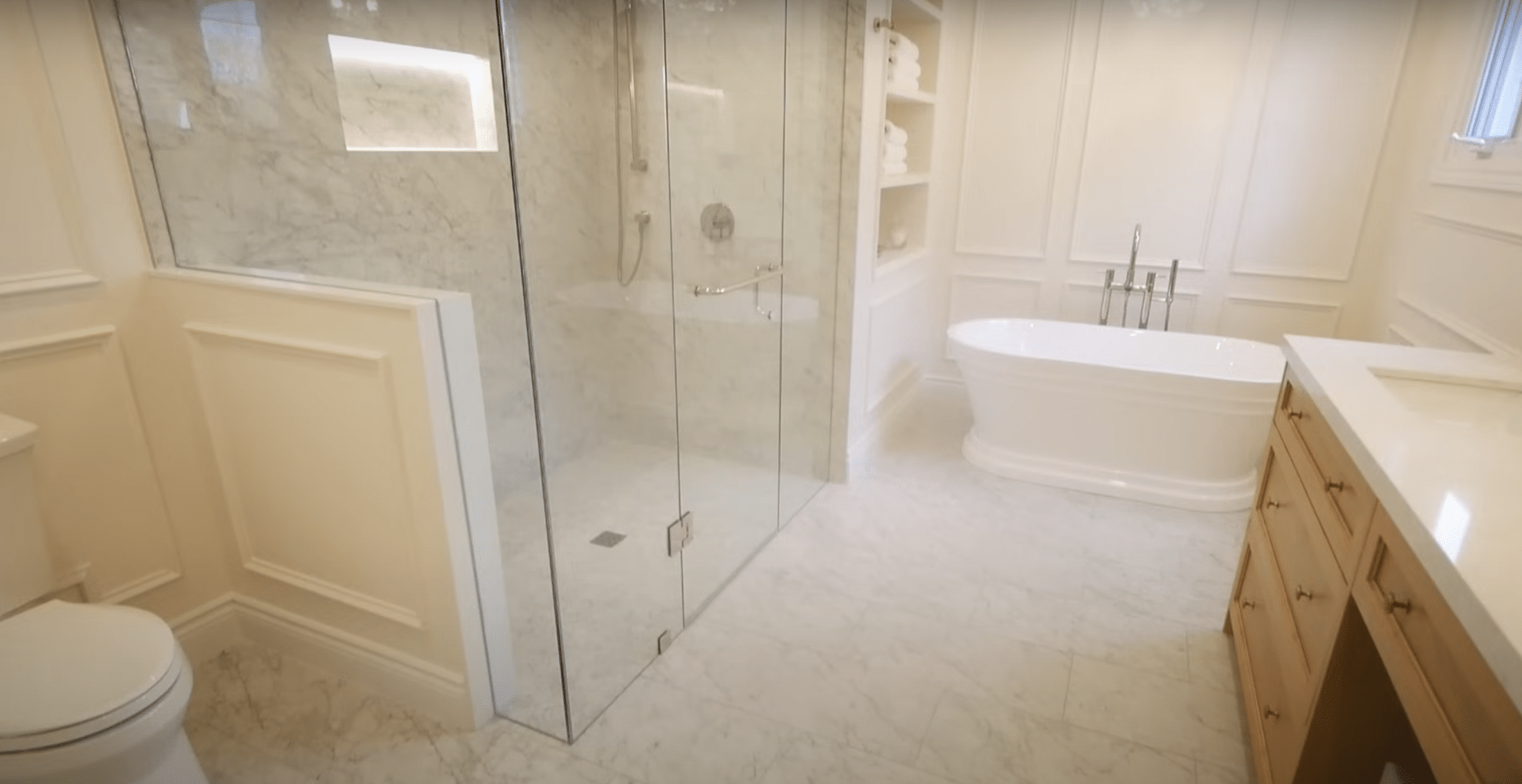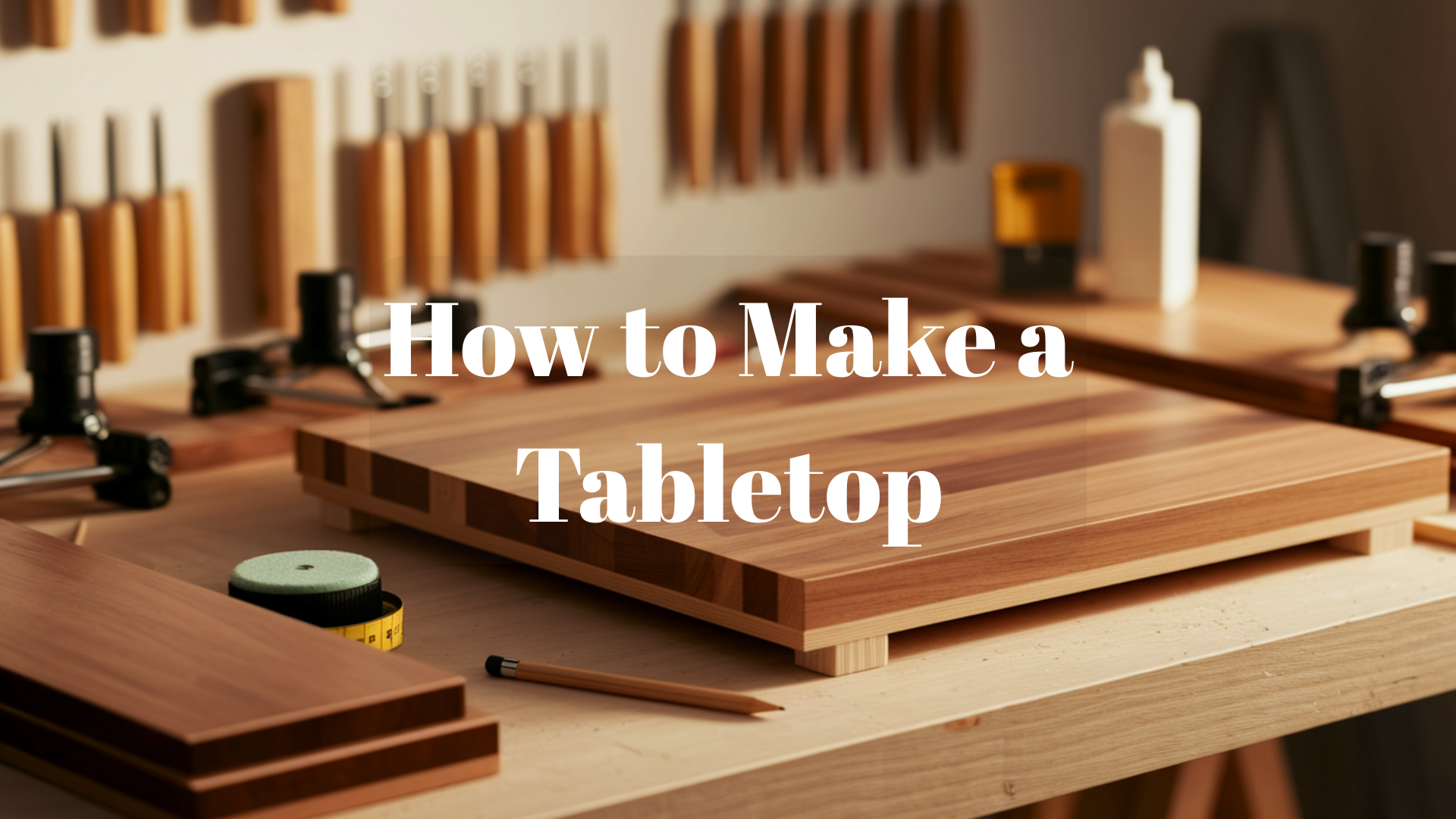5 Tips for Building a Better Shed
Take your outdoor game to the next level and build a handy shed in your garden. Gone are the days when sheds were damp, unsightly boxes stored at the very bottom of the yard to avoid being seen by the public – storing only rusty garden tools and Christmas decorations.
Sheds can be much more than just tool storage. Sheds can be anything.
Depending on your requirements, you can build a better shed by following these five tips below:
1. Determine Size
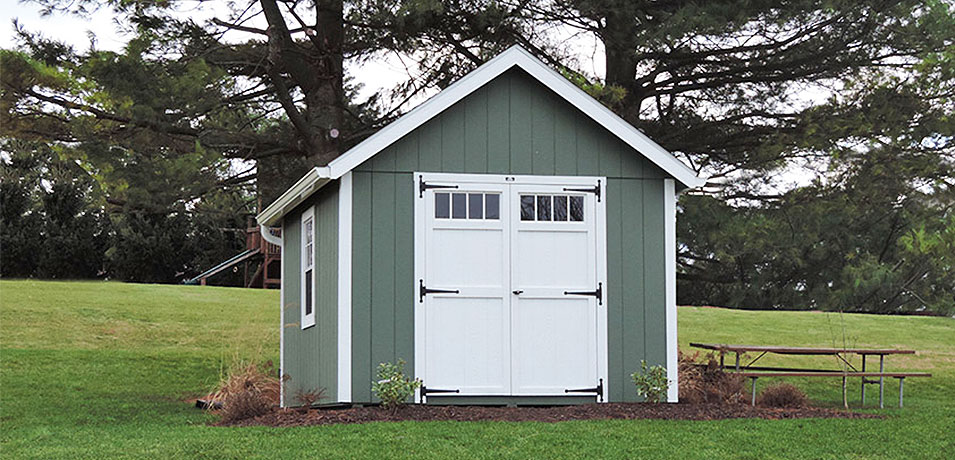
Sheds can be a lot of things, but they are not infinite. The first step is to decide how big you want the shed to be. Define the dimensions, partitions, windows, and doors. Different sheds have different nuances, but space is the critical element when planning. Do not put too much stress on yourself. A shed will not go to waste – it can be repurposed if it does not serve its intended purpose.
Consider what you plan to store or use the shed for. Whether it’s for gardening tools, a workspace, or even a small retreat, plan accordingly. Having a clear purpose in mind will help you determine the appropriate size and layout. Here are some general guidelines to help you decide:
Small Storage (up to 4 sqm)
If you’re planning to use the shed primarily for storing small gardening tools, bicycles, or seasonal decorations, a shed of up to 4 square meters should suffice. This size is ideal for compact storage needs and can fit into smaller garden spaces.
- Examples: Lawnmower, garden tools, bicycles, small workbench.
Medium Storage (4-10 sqm)
For more extensive storage needs, including larger equipment like lawn tractors, or if you want to create a small workspace, consider a shed between 4 to 10 square meters. This size offers more versatility and can accommodate shelving units for better organization.
- Examples: Lawn tractor, larger garden equipment, multiple bicycles, small workshop area.
Large Storage or Workspace (10-20 sqm)
If you plan to use the shed as a workshop or for more extensive storage, a larger shed between 10 to 20 square meters will be necessary. This size provides ample space for larger projects, multiple workbenches, and extensive storage solutions.
- Examples: Full workshop, large equipment storage, multiple workbenches, hobby space.
Extra-Large Storage or Multi-Use (20+ sqm)
For those looking to create a multi-purpose space, such as a home office, studio, or guest room, an extra-large shed of 20 square meters or more is recommended. This allows for a fully functional living or working space with room for furniture and amenities.
- Examples: Home office, art studio, guest room, large hobby workshop.
2. Choose The Right Location
Location is the second-most vital factor when building a garden shed. Choosing the perfect spot in your garden will depend on the type of shed you are building.
For example, garden sheds should be built where you need them the most. Choose an accessible location near where you will do the most gardening. Once you have decided on the best spot for your shed, you can start preparing the site by removing structures or undergrowth around the area.
Ensure the ground is level and has good drainage. Avoid placing the shed at the lowest point in your yard where water might accumulate. A well-chosen location will enhance the shed’s functionality and longevity.
3. Material Choice
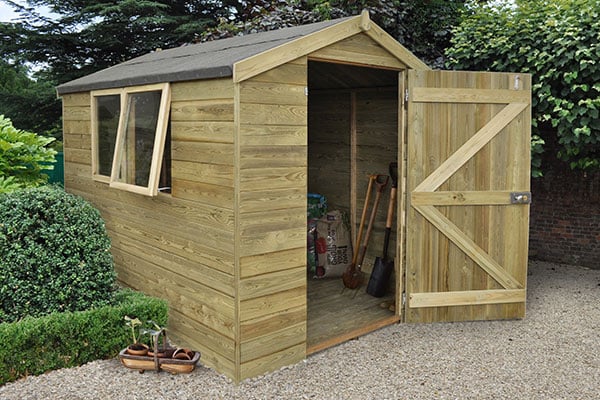
Choosing the right materials for your shed is crucial for its durability and maintenance. There are a lot of shed options to choose from, but each material has its own benefits. While wood can be used for aesthetic appeal, combining it with steel for certain elements, such as doors and windows, can significantly enhance security and longevity.
For doors, consider using a steel door for improved shed protection. Steel is one of the toughest materials on the market – it does not warp and requires little maintenance. Additionally, steel doors are quick and easy to install, providing robust security for your shed.
For windows, aluminum sliding shed windows are a great option. They are durable, require minimal maintenance, and can provide excellent ventilation. Incorporating these materials can maximize the value and functionality of your shed, making it a more versatile space.
4. Build A Raised Foundation
When you think of a storage shed in the garden, your mind may conjure nightmarish images of rats and other creatures. If you do not construct your shed on a solid foundation, raised two inches off the ground, you could end up living in that nightmare. Building a raised foundation for your shed will protect it from rot, rodents, and erosion after heavy rains.
You can build your shed on a concrete foundation or raised poles. A raised foundation ensures proper ventilation and keeps the shed dry. It also helps in maintaining the structural integrity of the shed over time.
5. Metal Roofing Panels
Instead of cutting metal roofing panels with a circular saw and carbide blade, save time and money and order pre-cut sheets. Pre-cut metal roofing panels can be ordered in the exact length you need and are available in several colors.
Roofing panels can take a few weeks to arrive, depending on where you order them from, so be sure to order in advance. Ensure the overhangs are the right size so the panels hang over the fascia enough.
For detailed instructions on installing roofing panels, read more here. Metal roofing is durable and low-maintenance, making it an excellent choice for your shed. It also provides better protection against weather elements compared to traditional roofing materials.
Final Notes
Lastly, learn from other people’s mistakes and always check the weather before starting any outdoor DIY project! Keep an eye on the forecast, and do not build during the hottest or rainiest periods. For additional tips on building a storage shed, you can explore this guide.
By following these five tips, you can build a better shed that meets your needs and enhances your garden’s functionality and appearance. Happy building!

